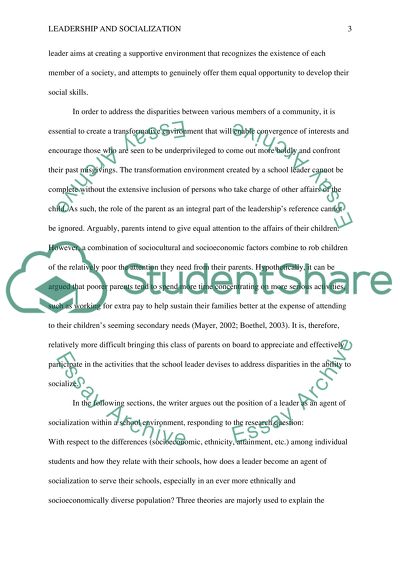Cite this document
(“Leaders as agents of Socialization Term Paper Example | Topics and Well Written Essays - 4000 words”, n.d.)
Retrieved de https://studentshare.org/education/1688837-leaders-as-agents-of-socialization
Retrieved de https://studentshare.org/education/1688837-leaders-as-agents-of-socialization
(Leaders As Agents of Socialization Term Paper Example | Topics and Well Written Essays - 4000 Words)
https://studentshare.org/education/1688837-leaders-as-agents-of-socialization.
https://studentshare.org/education/1688837-leaders-as-agents-of-socialization.
“Leaders As Agents of Socialization Term Paper Example | Topics and Well Written Essays - 4000 Words”, n.d. https://studentshare.org/education/1688837-leaders-as-agents-of-socialization.


